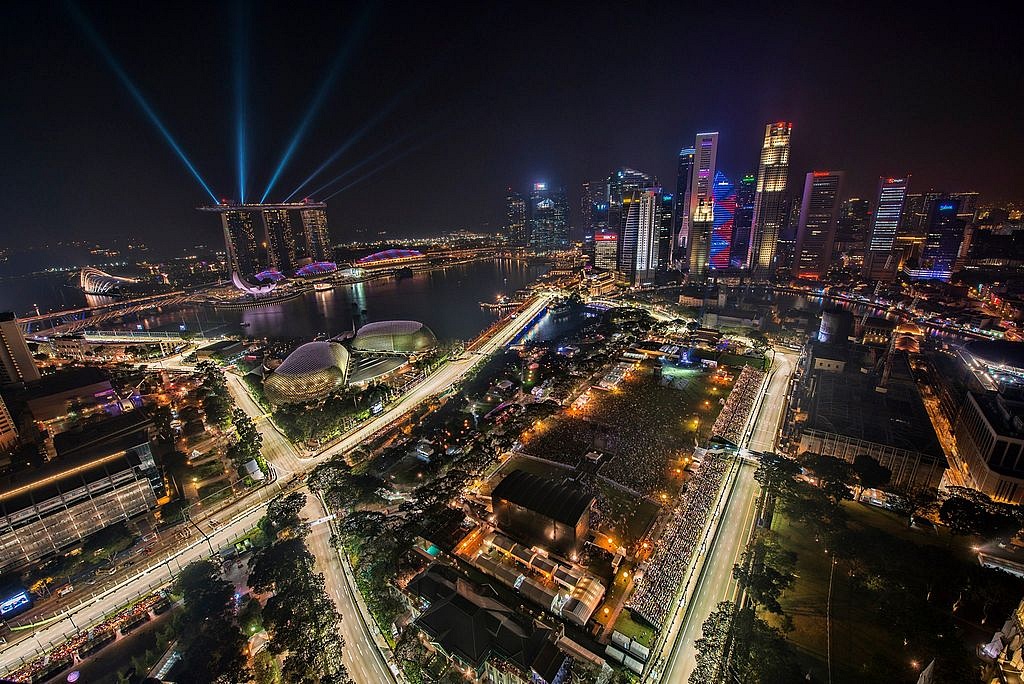Future cities should become more sustainable, or, to put it more precisely: fossil-free, climate-adaptive and circular in nature.
To achieve this utopia we must know how much energy and what energy source is being used where. We also need to know what is happening in the city in terms of people, transport and environment, to name just a few of the parameters that we could possibly collect. If only we would be able to gather all this information, we could be able to use the full potential of all energy sources. And be fully sustainable. But this will only be possible when scientists will have tamed these massive amounts of digital data, also known as ‘big data’.
Exactly the latter is the big challenge scientists at the TU Delft are facing right now. Especially Geert-Jan Houben, from the Faculty Electrical Engineering, Mathematics and Computer Science and Andy van den Dobbelsteen, from the Faculty of Architecture. These two charismatic gents organized most of the seminar ‘Intelligent Cities: sustainability and big data’, which took place in the morning before the 173rd Dies Natalis at TU Delft on January 2015.
The intelligent city is a fairly young movement, that arose in 2008. That year was the first time more people lived in cities than in rural areas, more people had a mobile phone rather than a land line and more things than people were connected. This can also be characterized as the internet of things, said Anthony Townsend, who came all the way from New York to give a comprehensive key note speech in the morning and receive an honorary doctarate in the afternoon. He knew he could catch the subway under his office within exactly 57 seconds and showed us one of the first smart city apps that knew when the next subway train would arrive at his stop. “If I see 60 seconds, I know it is time to close my laptop and go for a run!”



Comments are closed.